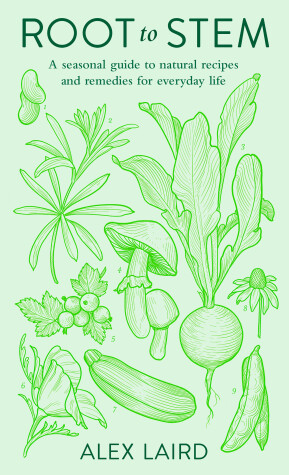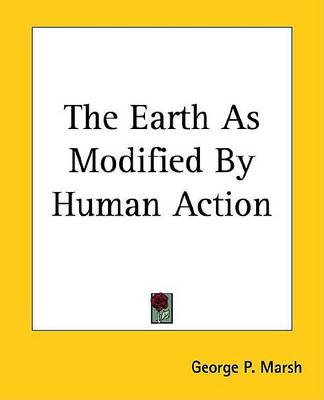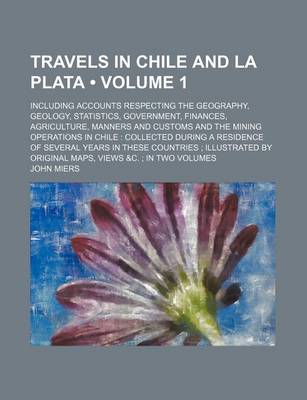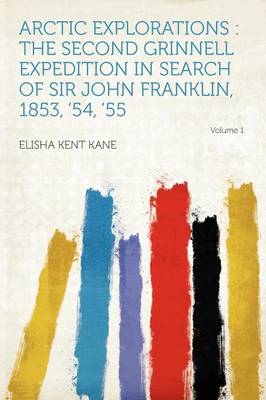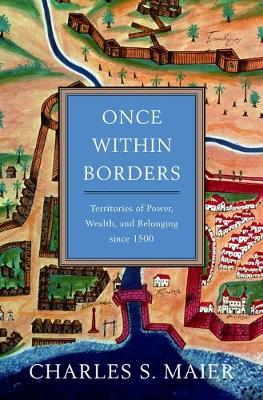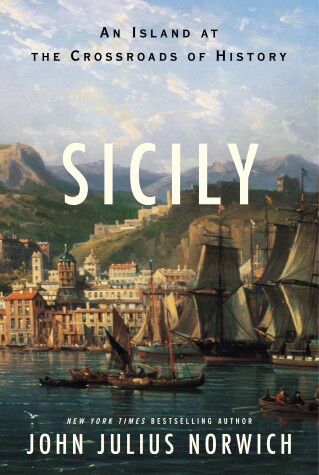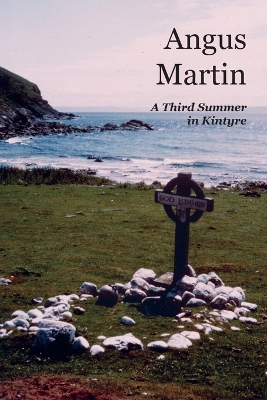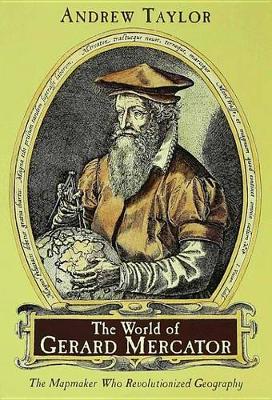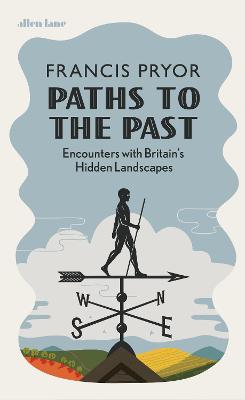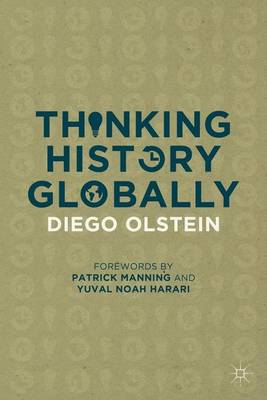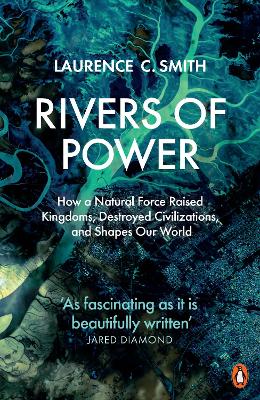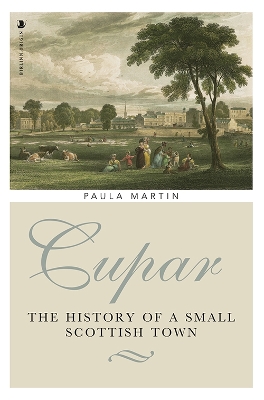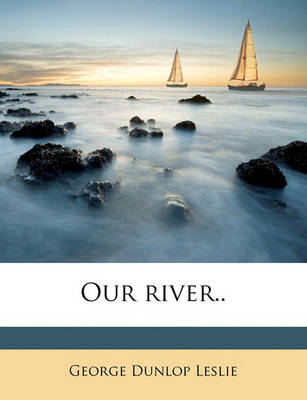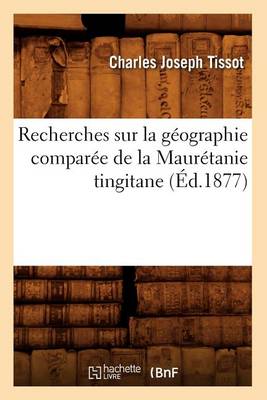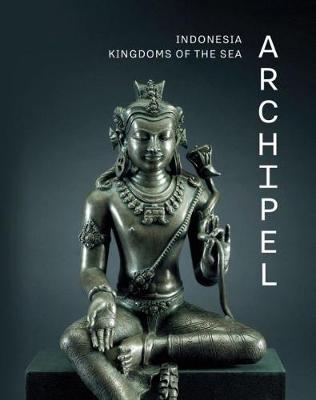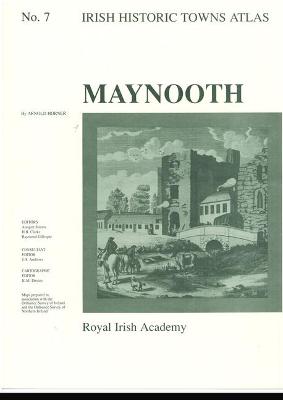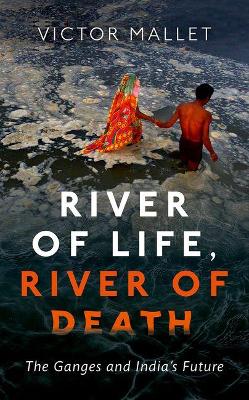Mining North America
Over the past five hundred years, North Americans have increasingly relied on mining to produce much of their material and cultural life. From cell phones and computers to cars, roads, pipes, pans, and even wall tile, mineral-intensive products have become central to North American societies. As this process has unfolded, mining has also indelibly shaped the natural world and the human societies within it. Mountains have been honeycombed, rivers poisoned, forests leveled, and the consequences of...
John Ross had disappeared while exploring the Northwest Passage in 1829. A lieutenant in the Royal Navy, George Back (1796-1878) had already served with John Franklin on two Arctic expeditions in 1819-22 and 1824-26. He volunteered to lead an expedition to find Ross, setting out in 1833. When Ross returned safely in 1834, Back continued his explorations down the unknown Great Fish River and mapped the Arctic coast westwards, travelling some 7,500 miles in total. Valuable observations on weather,...
In the mid-nineteenth century, British Arctic exploration was focused on the search for the missing expedition of Sir John Franklin. Physician and geologist Peter Cormack Sutherland (1822-1900) served as surgeon on William Penny's 1850-1 search expedition, which was instructed to concentrate on Jones Sound, Wellington Channel and Barrow Strait in the Canadian Arctic. Sutherland's illustrated eyewitness account, first published in two volumes in 1852, tells of appalling weather conditions, notes...
'Root to Stem is a seasonal and holistic approach to health that puts plants, herbs and nature at the heart of how we live and eat. It is a new kind of guide that links individual health to our communities and the planet's health to sustain us all.' This perfect companion to the seasons, this book will show you how to take greater control over your own health and well-being, treat everyday ailments, and ensure the sustainability of the planet through discovering how to forage, grow, or shop for...
Throughout history, human societies have been organized preeminently as territories-politically bounded regions whose borders define the jurisdiction of laws and the movement of peoples. At a time when the technologies of globalization are eroding barriers to communication, transportation, and trade, Once Within Borders explores the fitful evolution of territorial organization as a worldwide practice of human societies. Master historian Charles S. Maier tracks the epochal changes that have defin...
Critically acclaimed author John Julius Norwich weaves the turbulent story of Sicily into a spellbinding narrative that places the island at the crossroads of world history.“Sicily,” said Goethe, “is the key to everything.” It is the largest island in the Mediterranean, the stepping-stone between Europe and Africa, the link between the Latin West and the Greek East. Sicily’s strategic location has tempted Roman emperors, French princes, and Spanish kings. The subsequent struggles to conquer and...
A Third Summer in Kintyre completes Angus Martin's trilogy of books about consecutive summers spent walking and cycling in Kintyre, exploring the history and natural history of the places he visits and documenting his own past. In this book, which covers the year 2015, he also looks back on his literary beginnings and mentors, in particular the poets Iain Crichton Smith, Edwin Morgan and Robin Fulton Macpherson. Largiebaan, an area of cliffs and Atlantic seascapes, features prominently in his ac...
The true story of Gerard Mercator, the greatest map-maker of all time, who was condemned to death as a heretic. 'Geographie and Chronologie I may call the Sunne and the Moone, the right eye and the left, of all history.' In 'The World of Gerard Mercator', Andrew Taylor chronicles both the story of a great astronomer and mathematician, who was condemned to death as a heretic, and the history of that most fascinating conjunction of science and art: the d...
Discover the hidden corners and forgotten crevices of Britain's landscapes, from lost rural treasures to unseen urban gems.Landscapes reflect and shape our behaviour. They make us who we are and bear witness to the shifting patterns of human life over the generations. Bringing to bear a lifetime's digging, archaeologist Francis Pryor delves into Britain's hidden urban and rural landscapes, from Whitby Abbey to the navvy camp at Risehill in Cumbria, from Tintagel to Tottenham's Broadwater Farm. T...
Trees are the grandest and most beautiful plant creations on earth. From their shade-giving, arching branches and strikingly diverse bark to their complex root systems, trees represent shelter, stability, place, and community as few other living objects can. Enduring Roots tells the stories of historic American trees, including the oak, the apple, the cherry, and the oldest of the world's trees, the bristlecone pine. These stories speak of our attachment to the land, of our universal and eternal...
The book brings together many recent trends in writing history under a common framework: thinking history globally. By thinking history globally, the book explains, applies, and exemplifies the four basic strategies of analysis, the big C's: comparing, connecting, conceptualizing, and contextualizing, using twelve different branches of history.
'As fascinating as it is beautifully written' JARED DIAMOND, Pulitzer Prize-winning author of Guns, Germs and SteelRivers, more than any road, technology or political event, have shaped the course of civilization. Rivers have opened frontiers, defined borders, supported trade, generated energy and fed billions. Most of our greatest cities stand on river banks or deltas, and our quest for mastery has spurred staggering advances in engineering, science and law. Rivers and their topographic divides...
Cupar was created a royal burgh in 1328, though its name is Pictish, suggesting that there had been an important settlement there since the 7th or 8th century if not earlier. Until the 16th century it was among the richest royal burghs in Scotland, but declined in the 17th century, its trade handicapped by its distance from the sea. It flourished once again as a centre of the linen industry in the 18th century. As the county town of Fife, and a town which serviced travellers on their way from Ed...
Recherches Sur La Geographie Comparee de la Mauretanie Tingitane (Ed.1877) (Histoire)
by Charles Joseph Tissot
Indonesia and its more than 17,000 islands are spread out over a surface area equivalent to that of the European Union. As an area of confluences and encounters, the Indonesian archipelago has always been one of the most important crossroads of world trade, where Austronesian ships, Arab dhows, Chinese junks, Iberian caravels, and other ships of the East India Companies berthed long before the container ships and oil tankers of today. The history of this archipelago is that of a multitude of lin...
Royal Irish Academy List of Members
by School of Geography Arnold Horner
5 pages of coloured maps 410 mm x 305 mm; 3 pages of black-and-white maps and plates and 12 pages of text 410 mm x 305 mm; in a folder 410 mm x 305 mm.
India is killing the Ganges, and the Ganges in turn is killing India. The waterway that has nourished more people than any on earth for three millennia is now so polluted with sewage and toxic waste that it has become a menace to human and animal health. Victor Mallet traces the holy river from source to mouth, and from ancient times to the present day, to find that the battle to rescue what is arguably the world's most important river is far from lost. As one Hindu sage told the author in Rish...
Modernity, Metatheory, and the Temporal-Spatial Divide (Routledge Approaches to History)
by Michael Kimaid
This book is about how modernity affects our perceptions of time and space. Its main argument is that geographical space is used to control temporal progress by channeling it to benefit particular political, economic and social interests, or by halting it altogether. By incorporating the ancient Greek myth of the Titanomachy as a conceptual metaphor to explore the elemental ideas of time and space, the author argues that hegemonic interests have developed spatial hierarchy into a comprehensive s...



